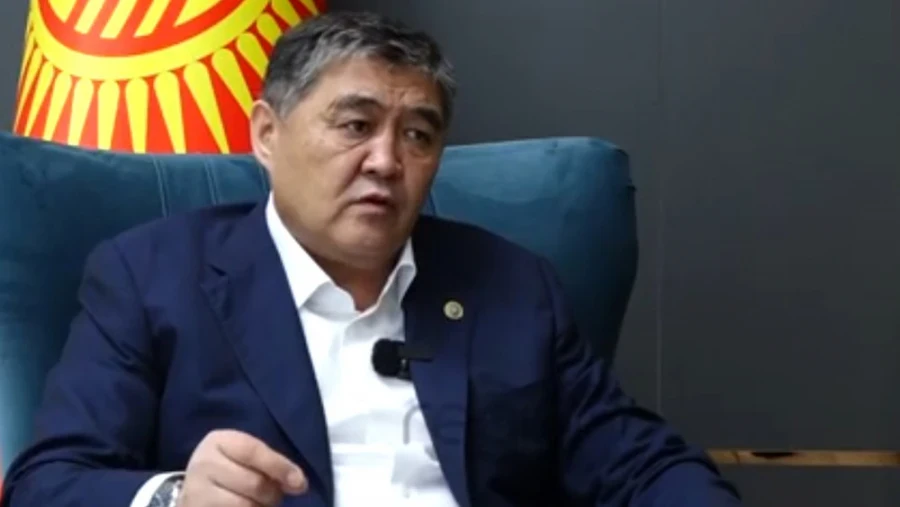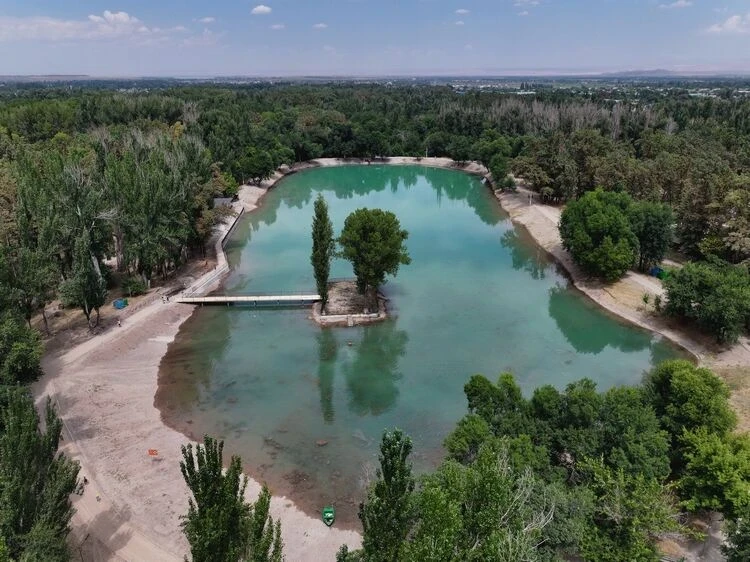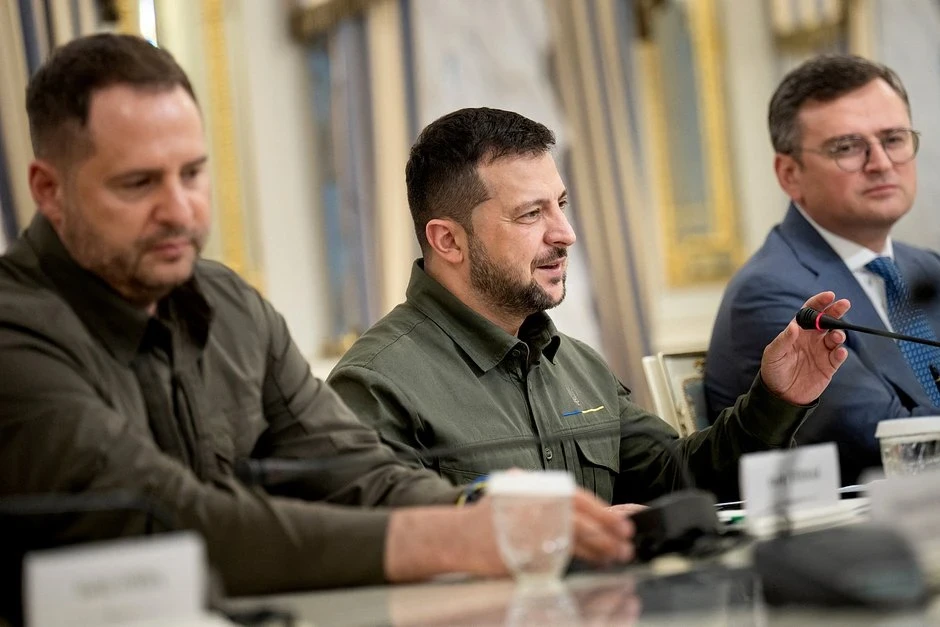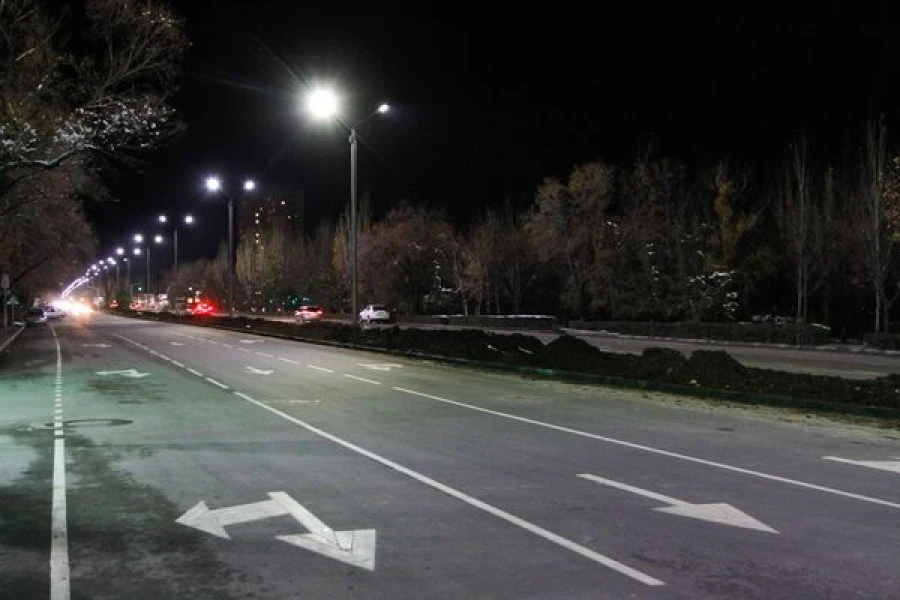Due to the conflict between the manaschy, the Ministry of Culture has created a commission
A commission has been formed in the Ministry of Culture, Information, and Youth Policy to address the current situation at the "Manas" theater. As it became known, on December 9, information about a conflict among the manaschy appeared on social media.












